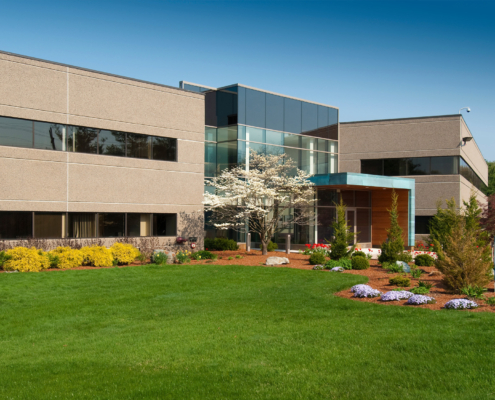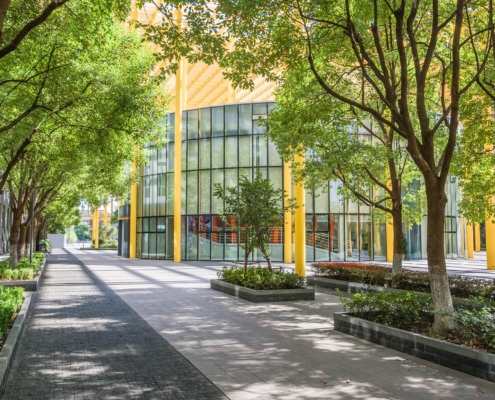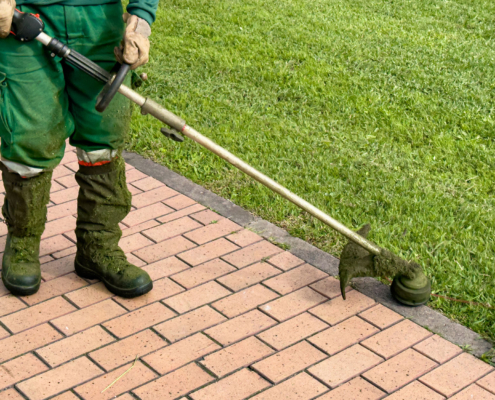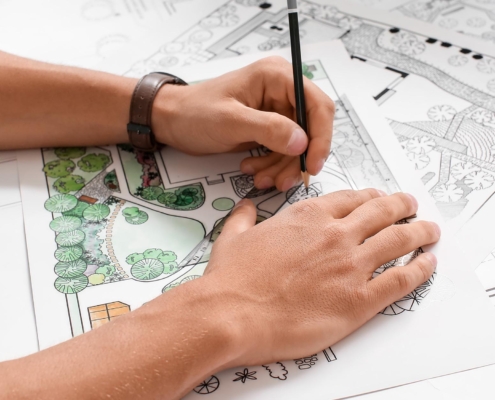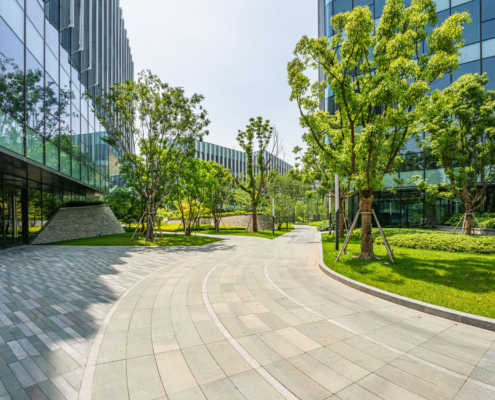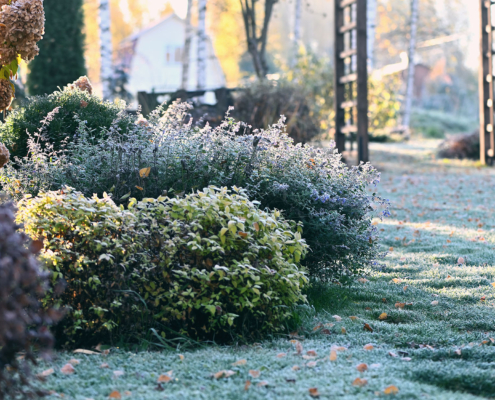The first step in designing a commercial sprinkler system is to thoroughly assess your property. Understanding the layout, key features, and vegetation characteristics is essential to creating a system that will be both effective and efficient. Start by identifying areas that need more water, such as lawns and flower beds, as well as areas that may require less water, like shaded zones.
- Evaluate Sun Exposure: Different areas of your property will have varying levels of sunlight. Lawn and open areas often need more frequent watering, while shaded areas, such as those under trees or large structures, require less water.
- Map Out Plant and Tree Locations: Identify where trees, bushes, and flower beds are located, as these areas will need customized watering depending on the plant type. Large trees may need deep watering, while smaller plants need less.
- Identify High-Traffic Zones: Areas with heavy foot traffic, such as walkways or parking lots, may need different sprinkler placements. These areas should be designed with a more efficient sprinkler type to avoid overwatering hard surfaces.
By assessing your landscape, you’ll have a clear understanding of how to zone and water your commercial property effectively. This will help ensure that every area receives the right amount of irrigation, promoting healthy plants while conserving water.

